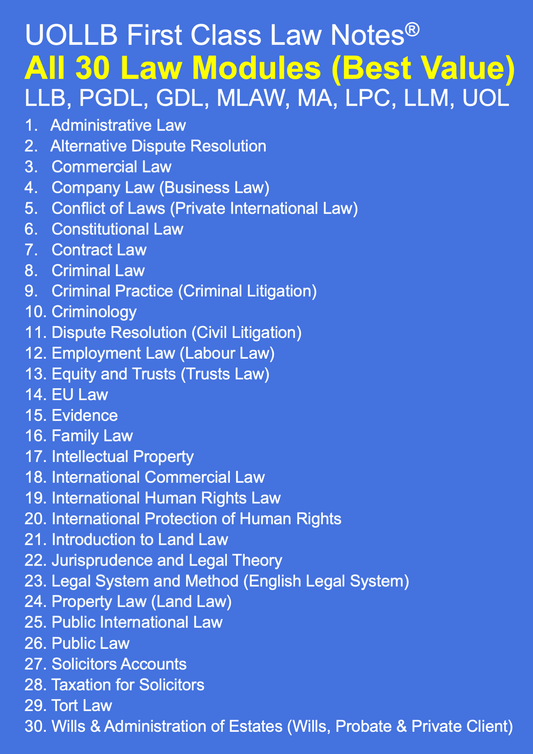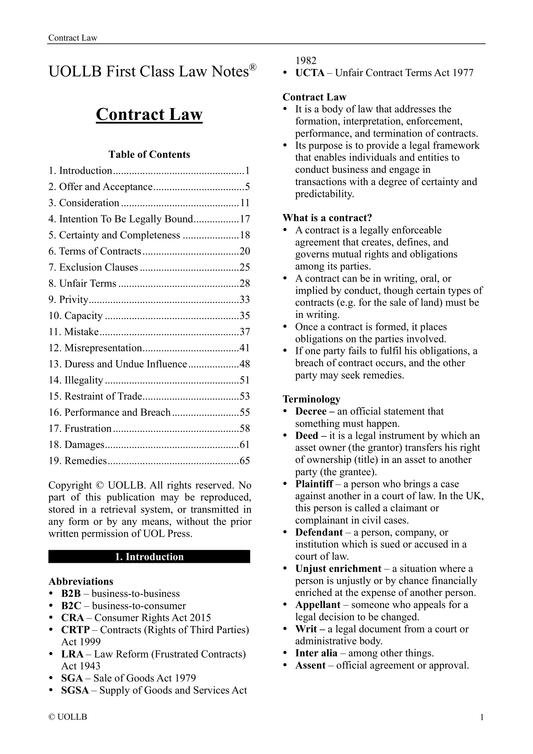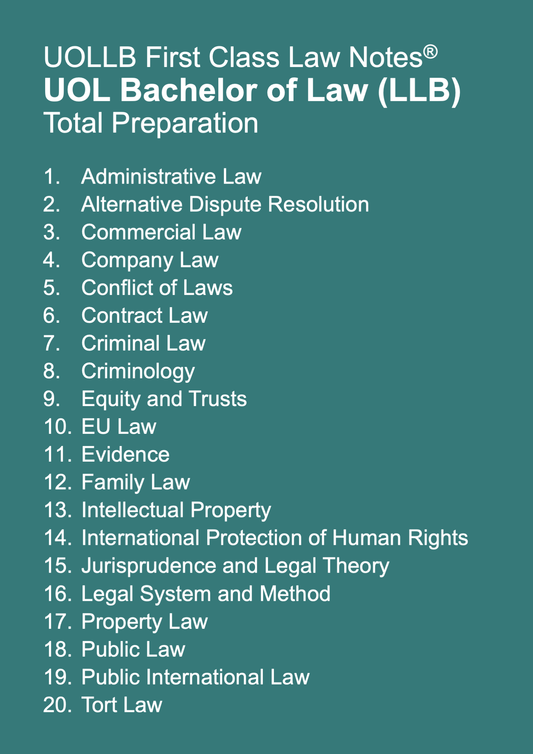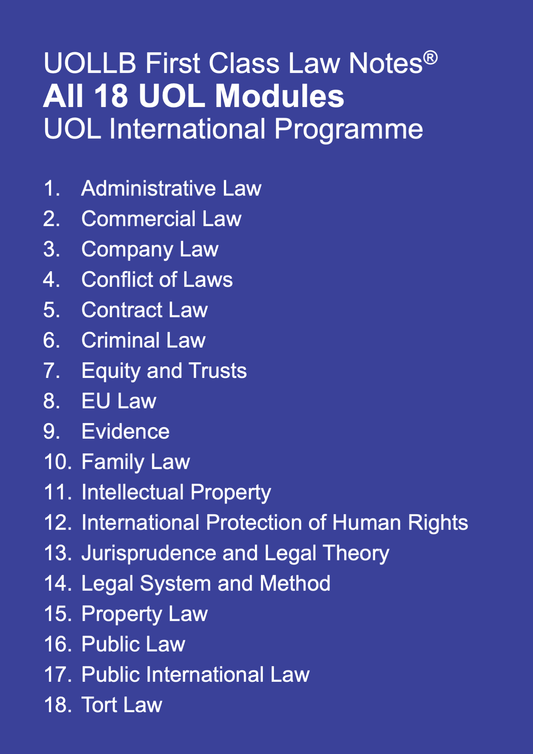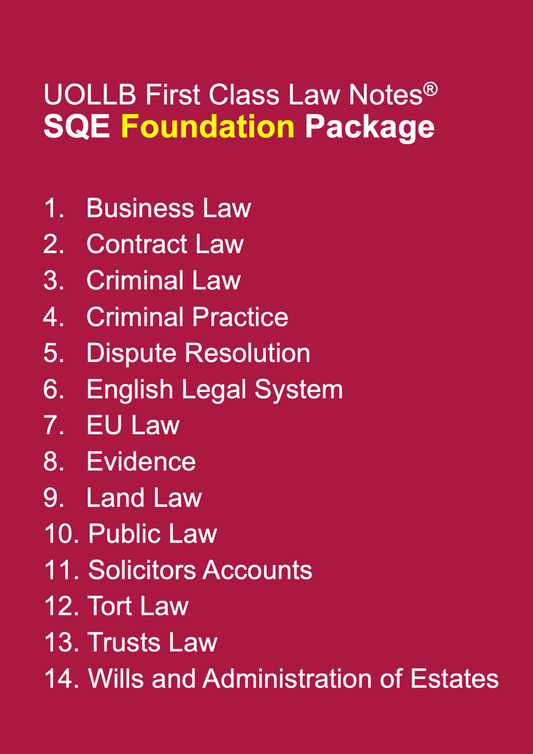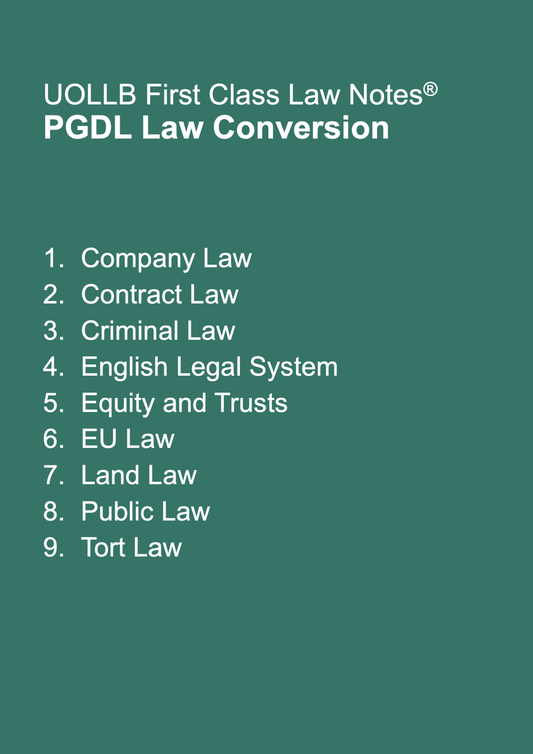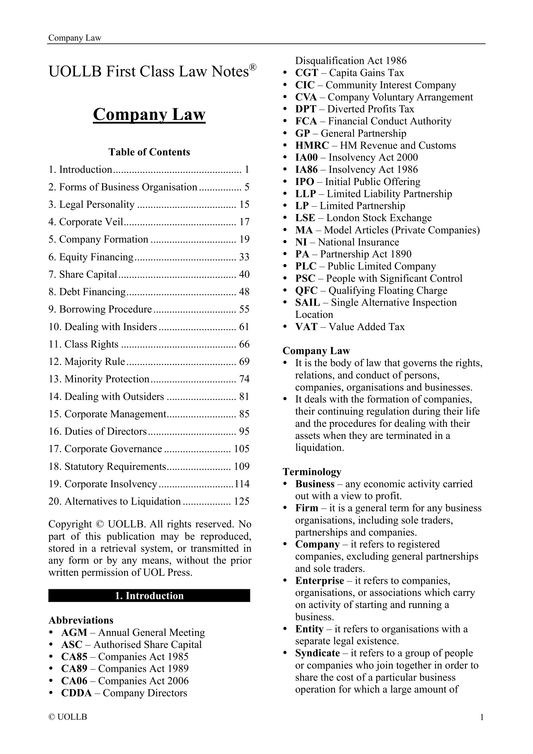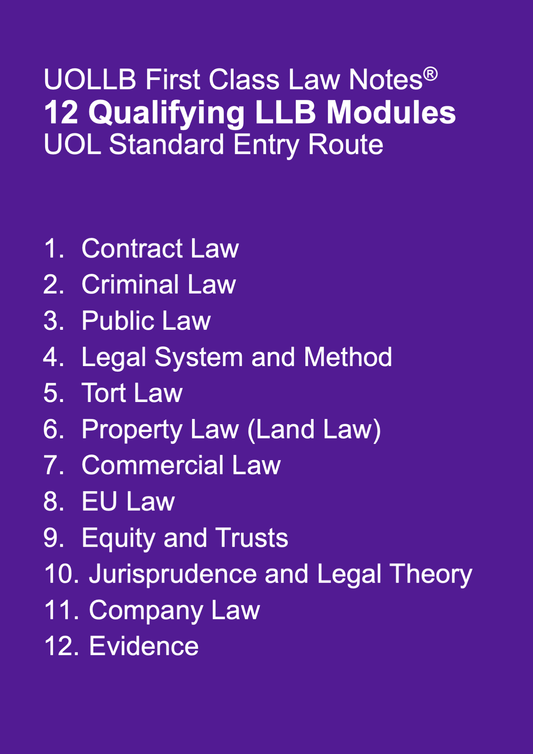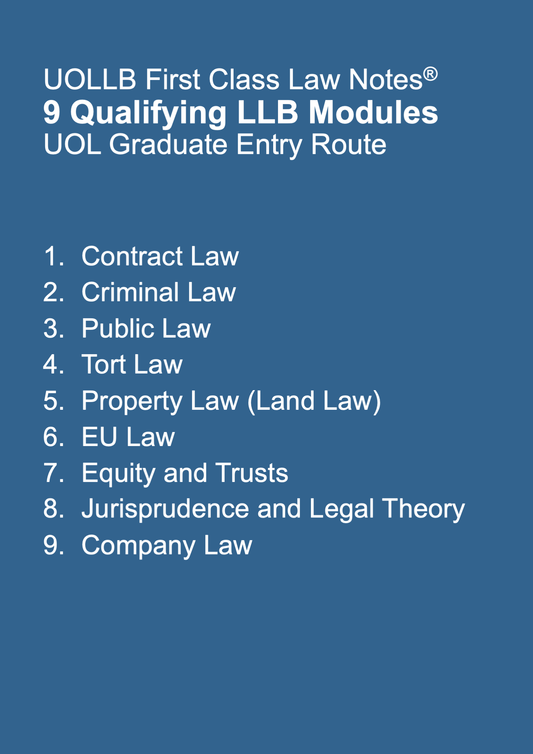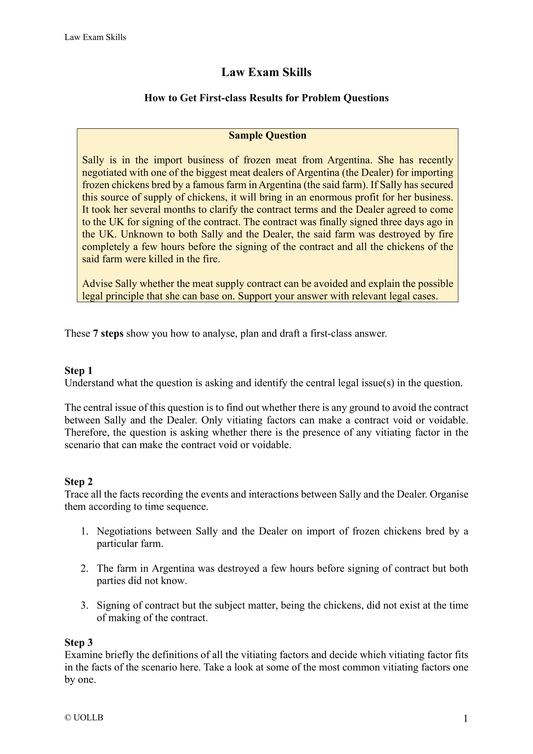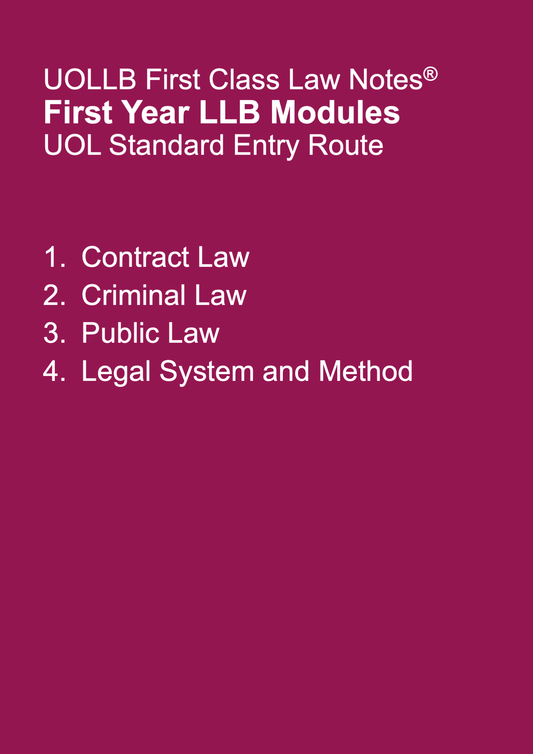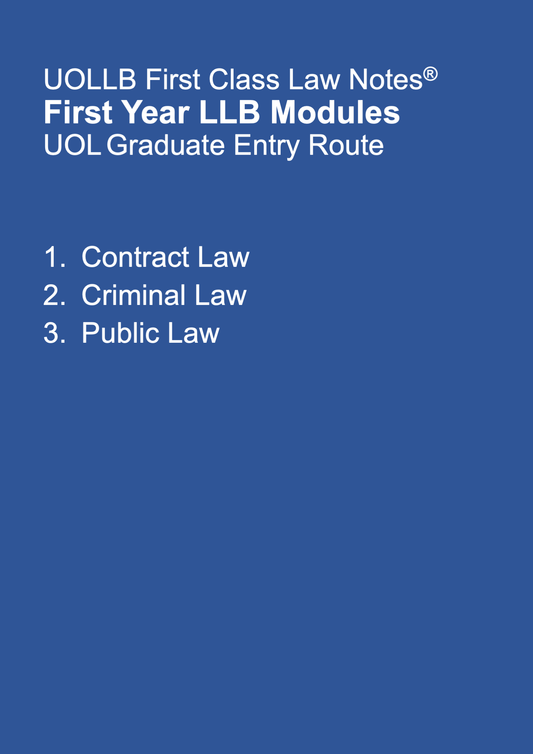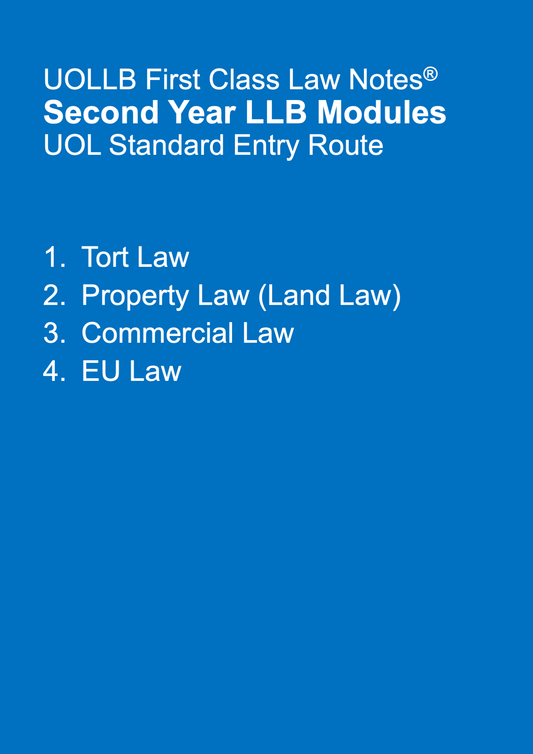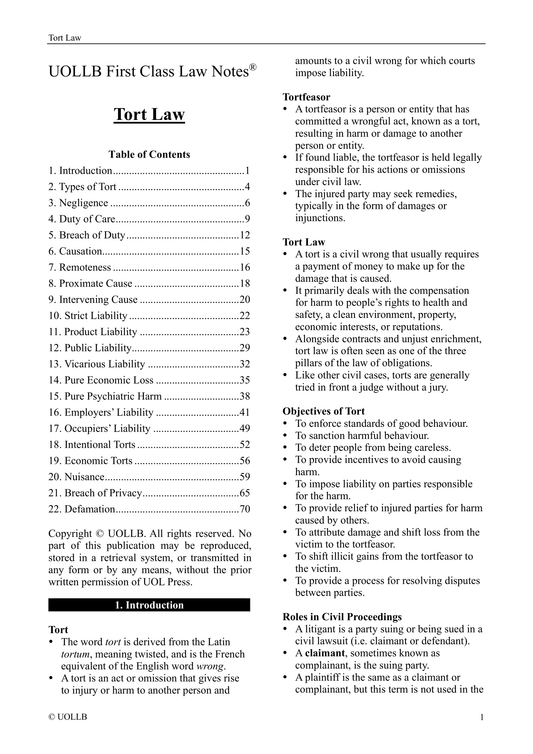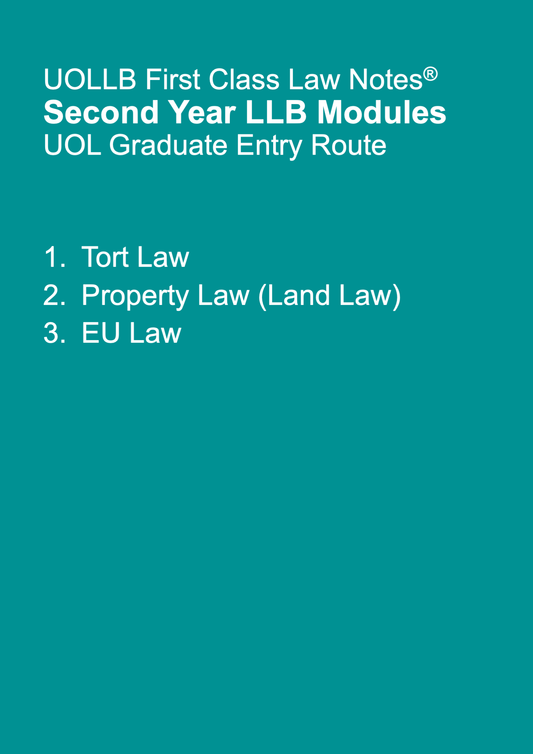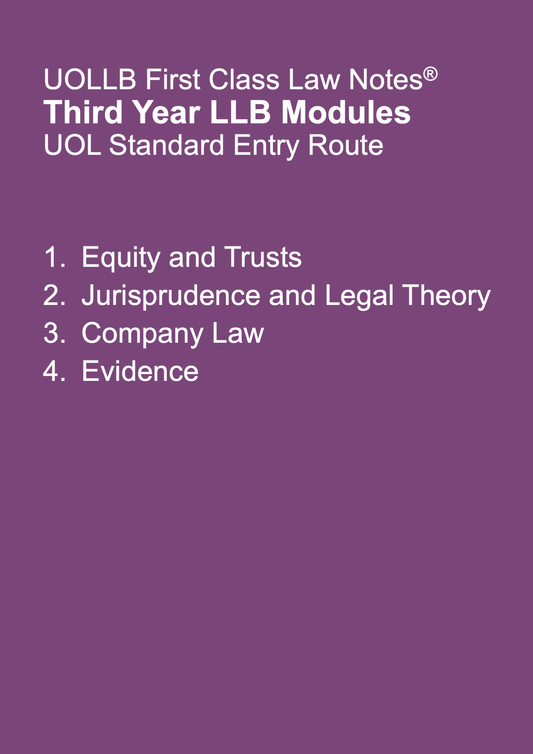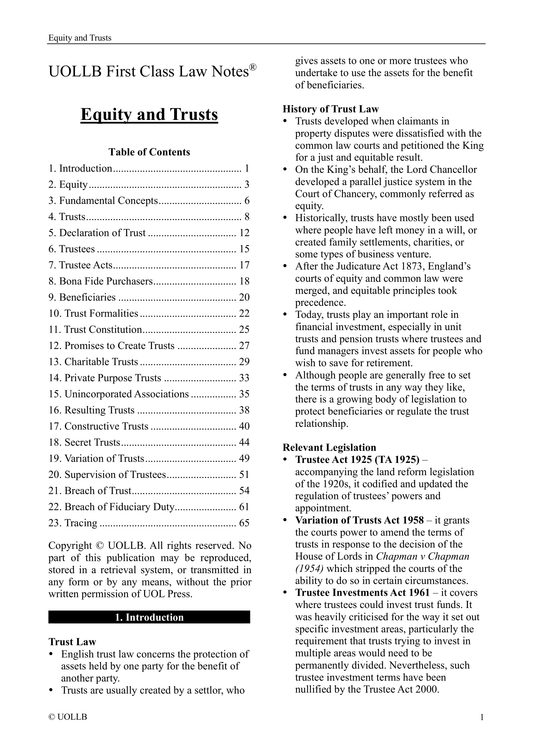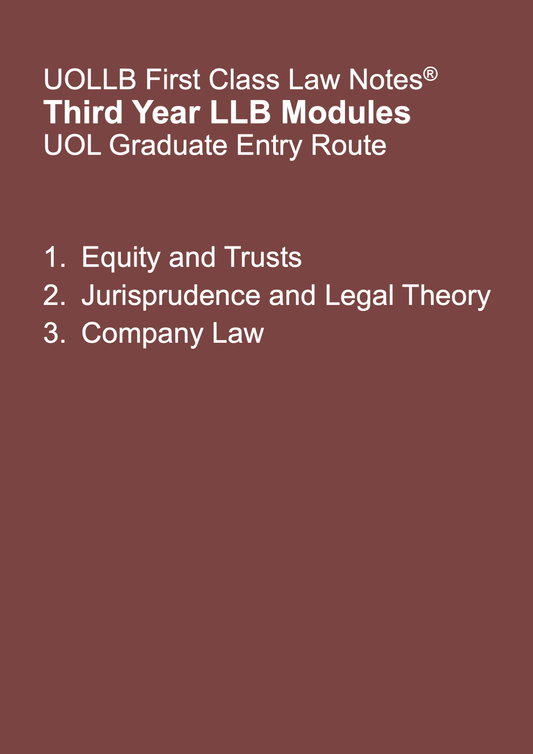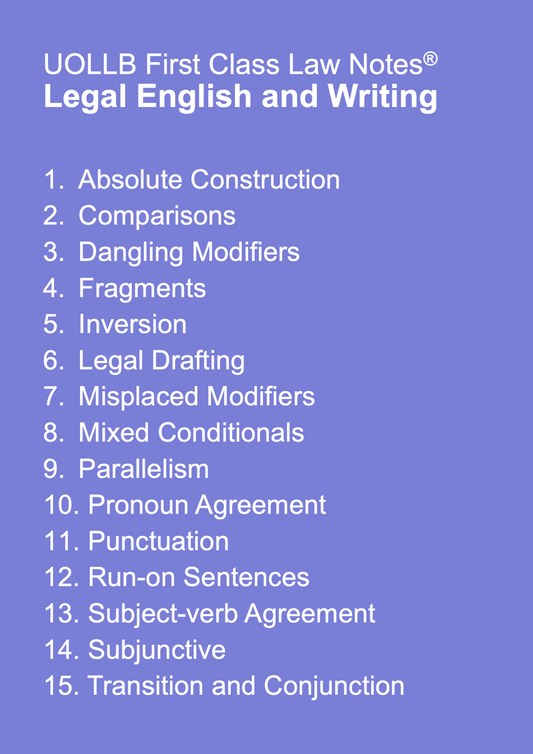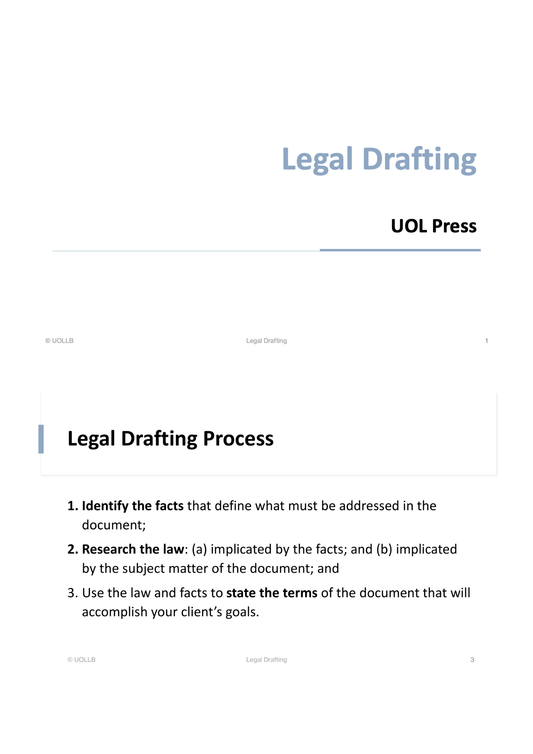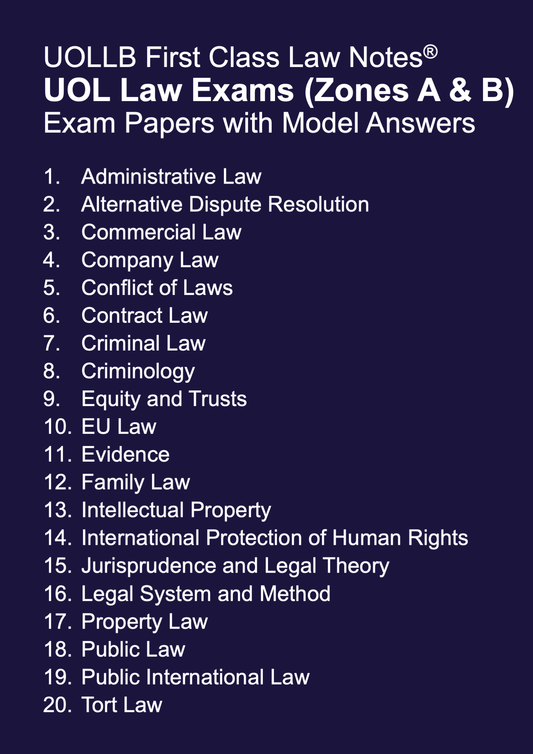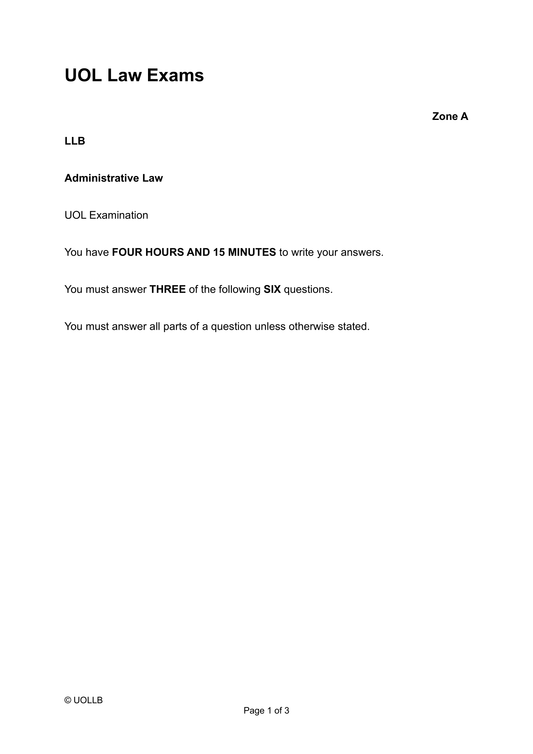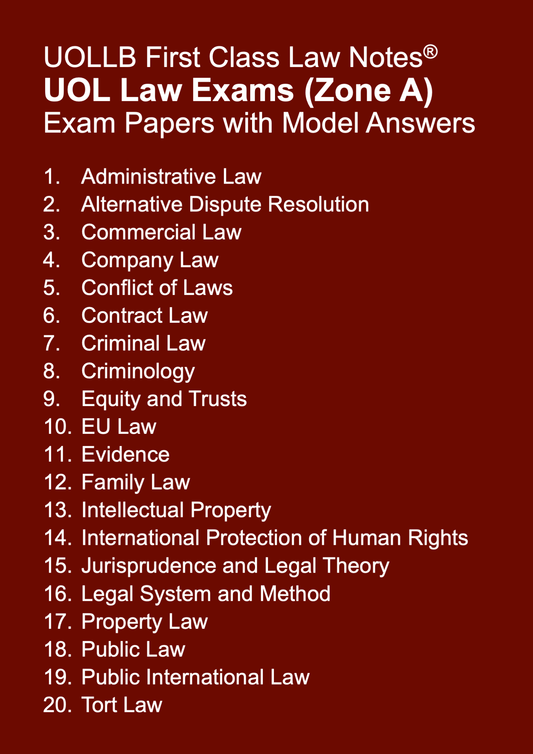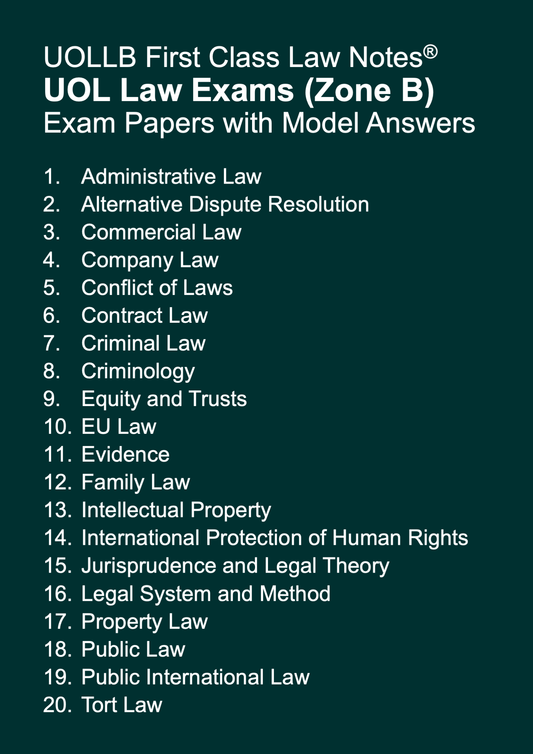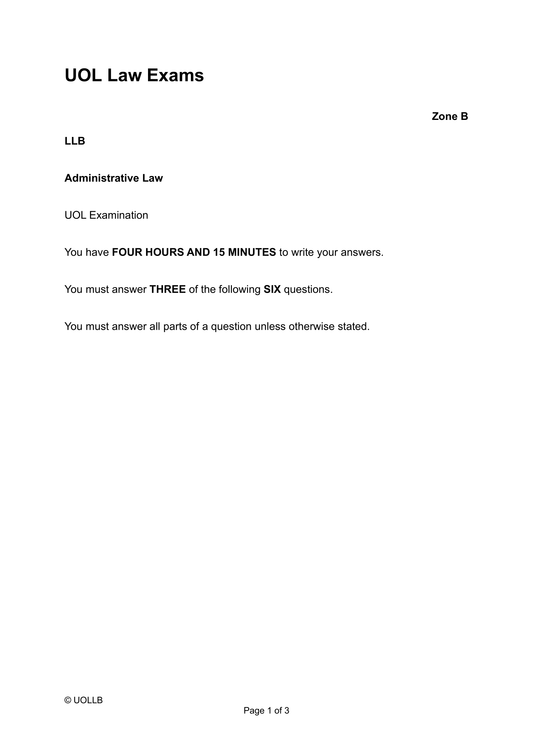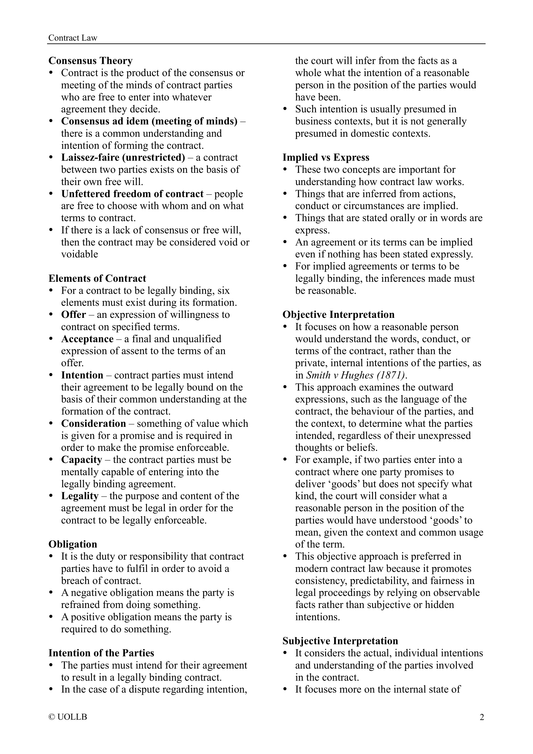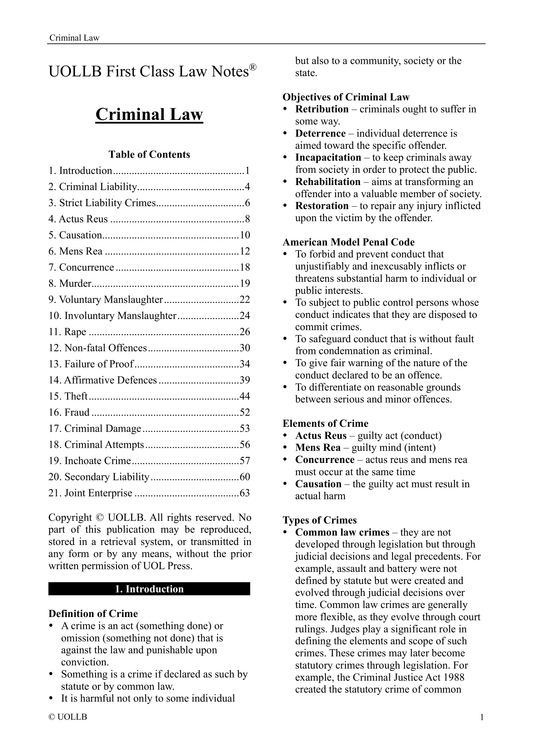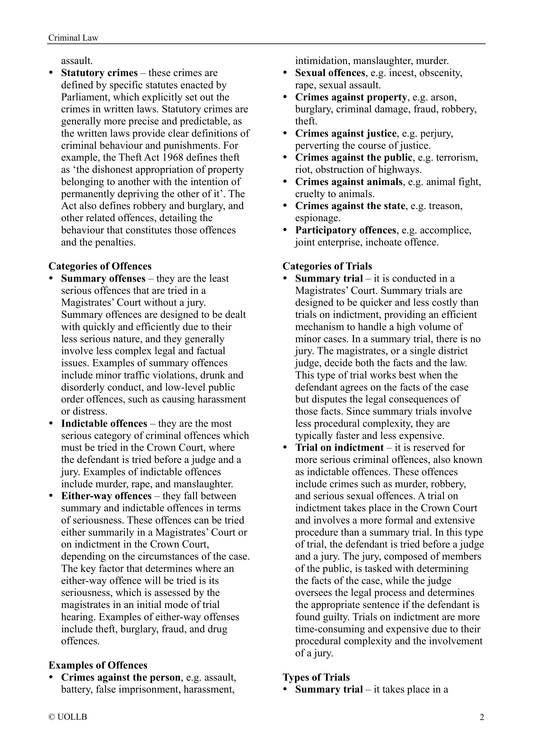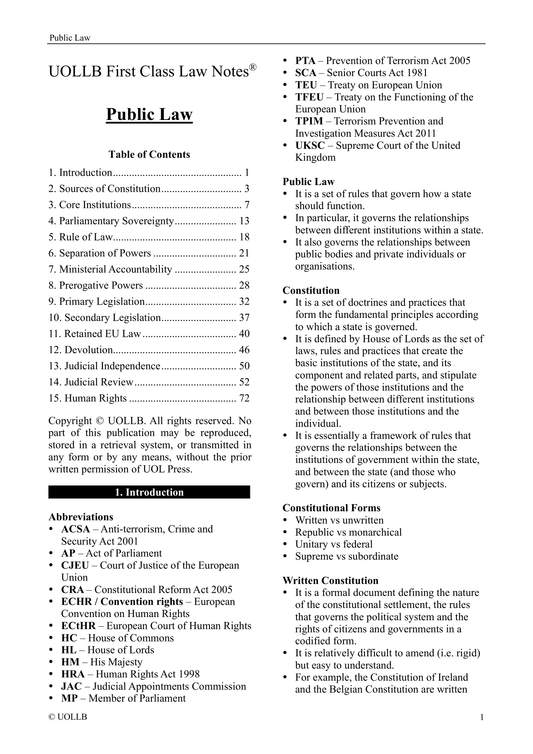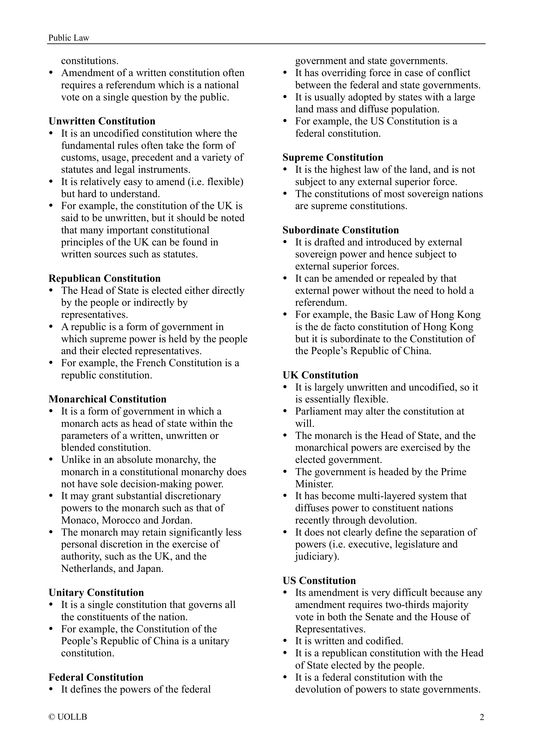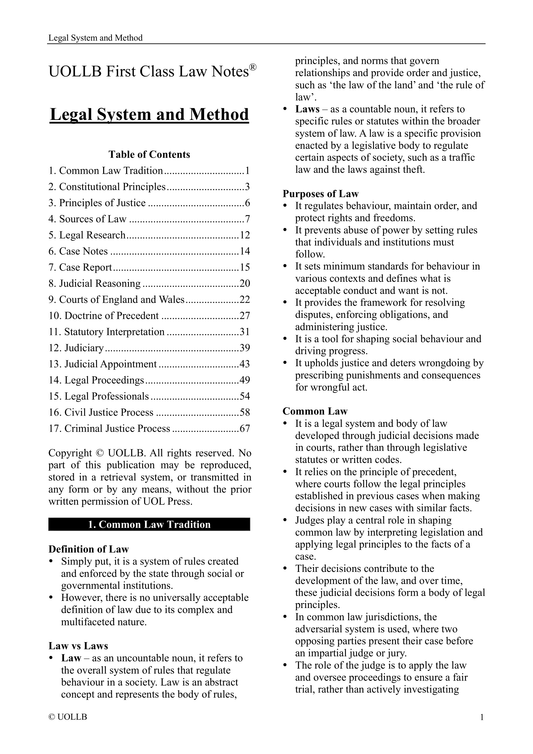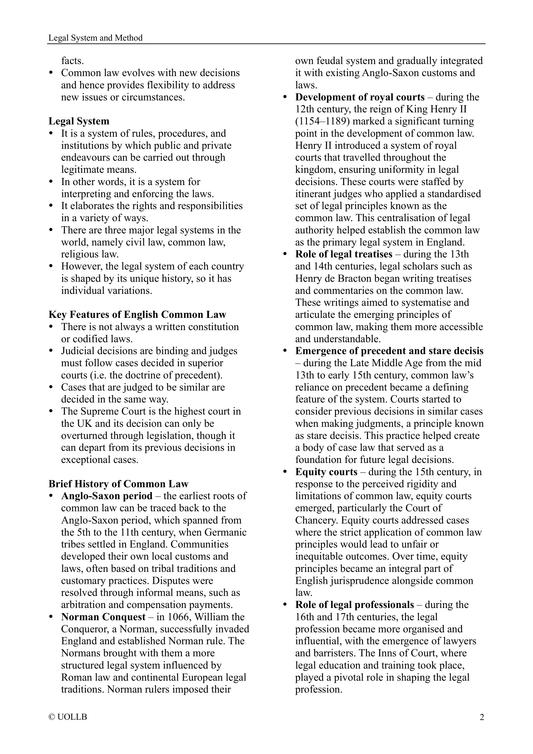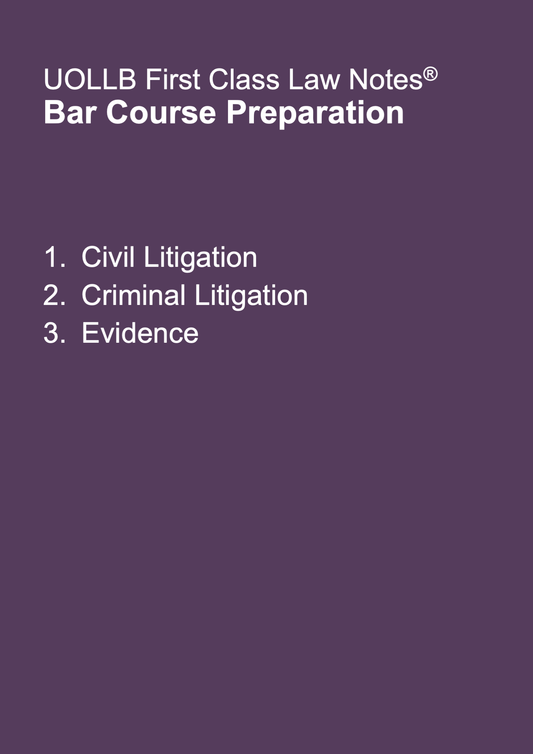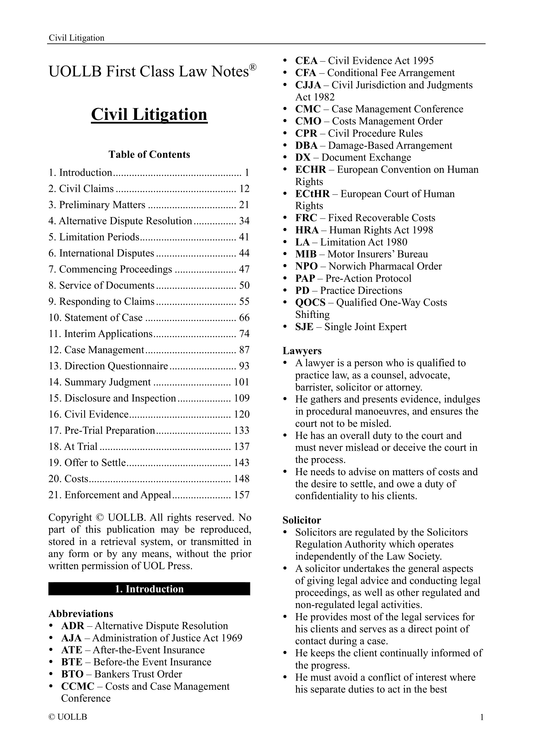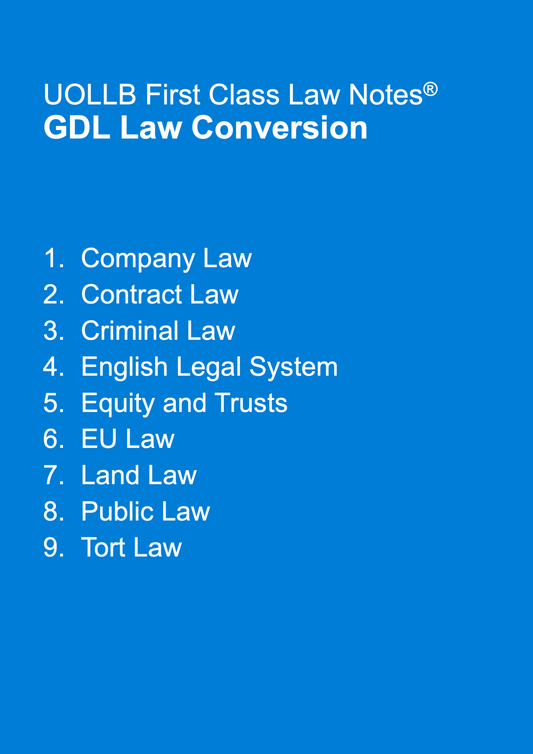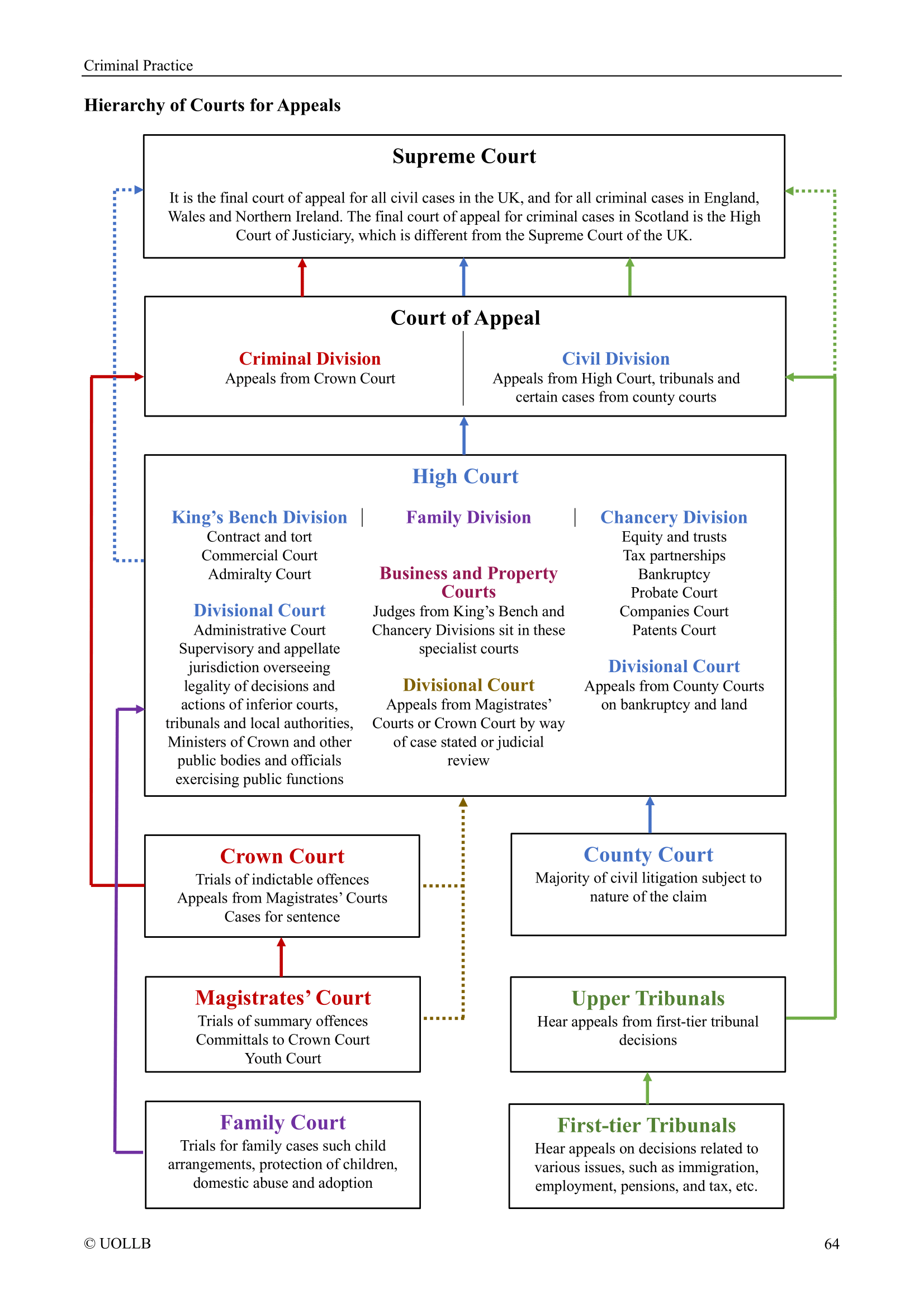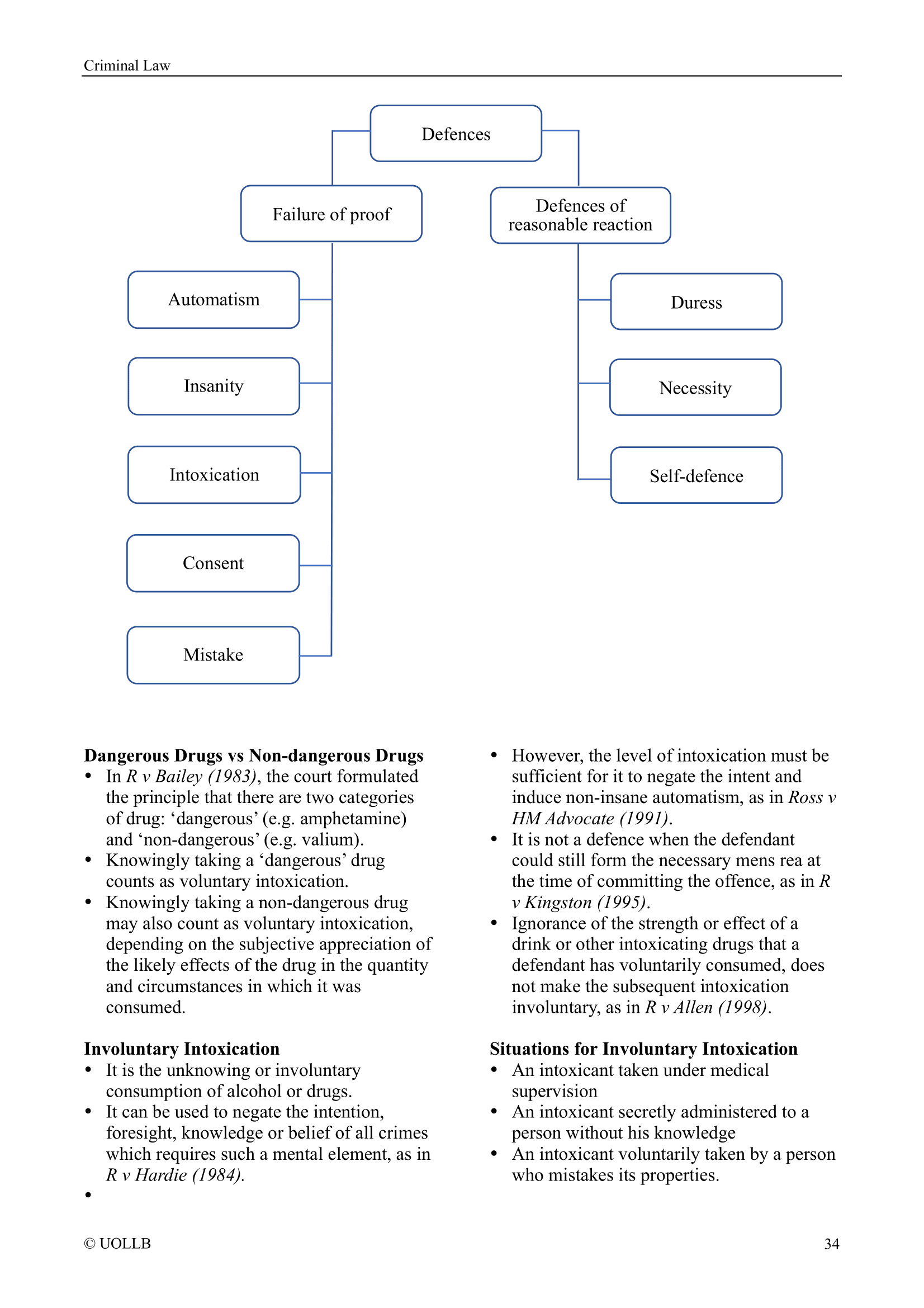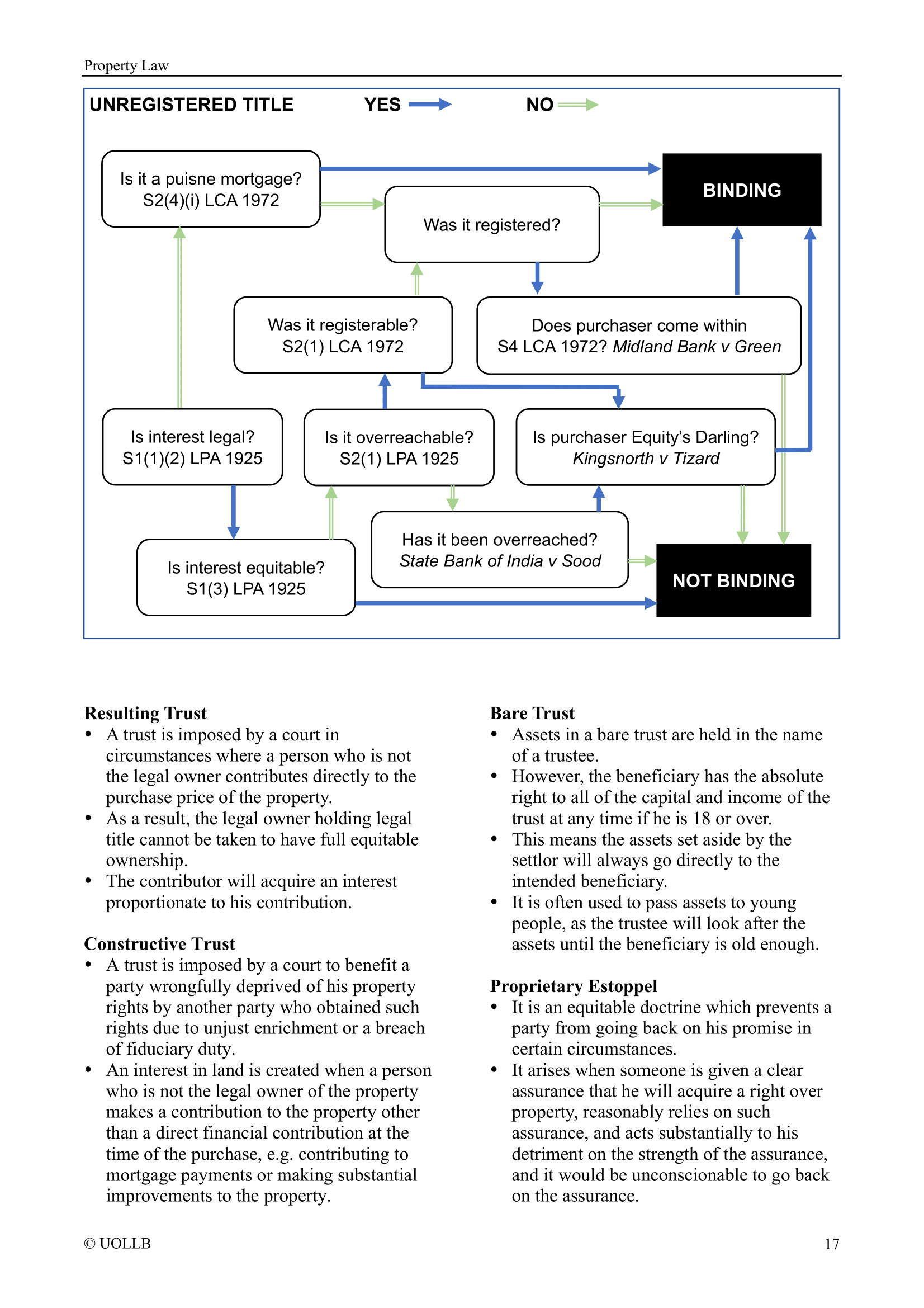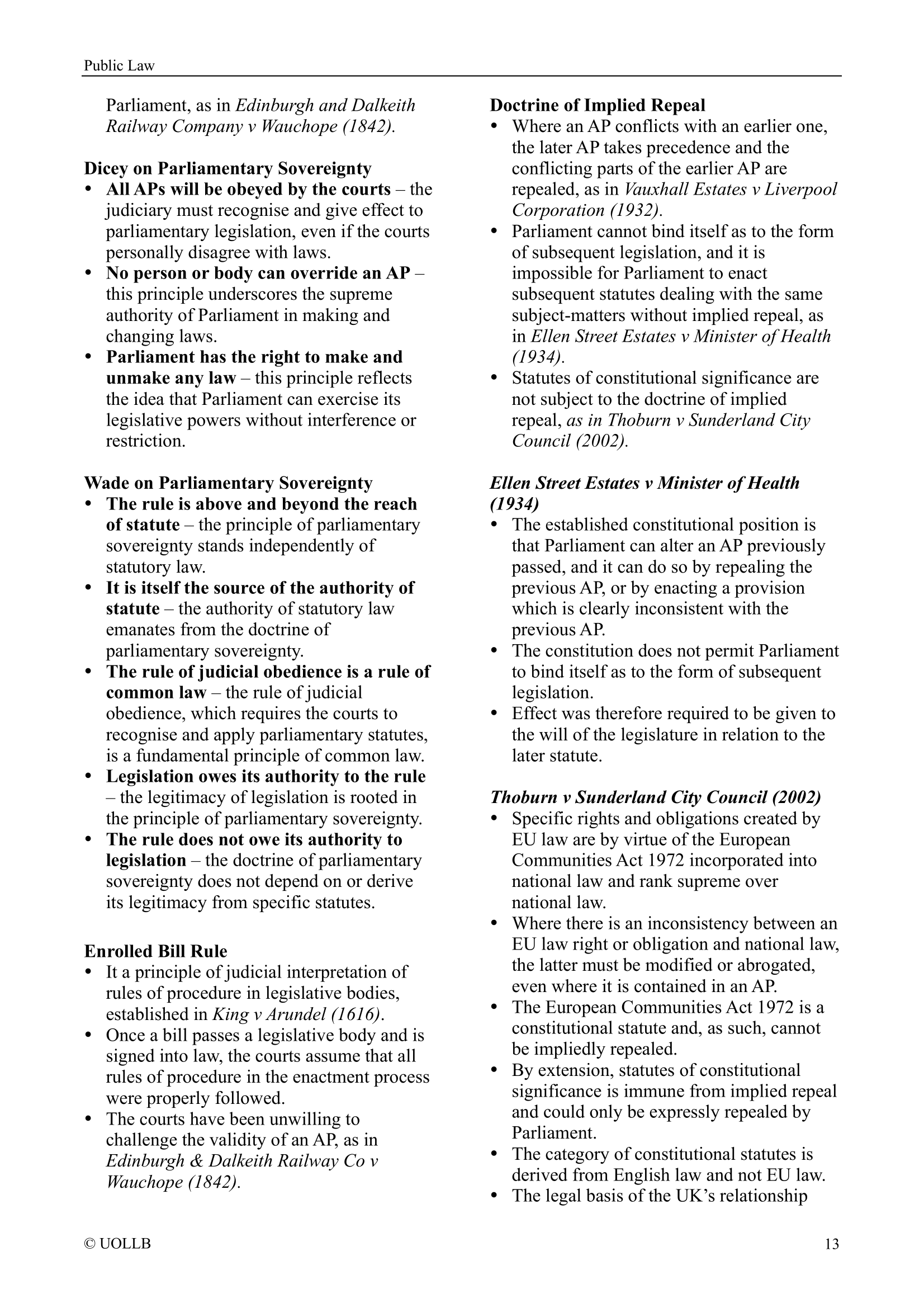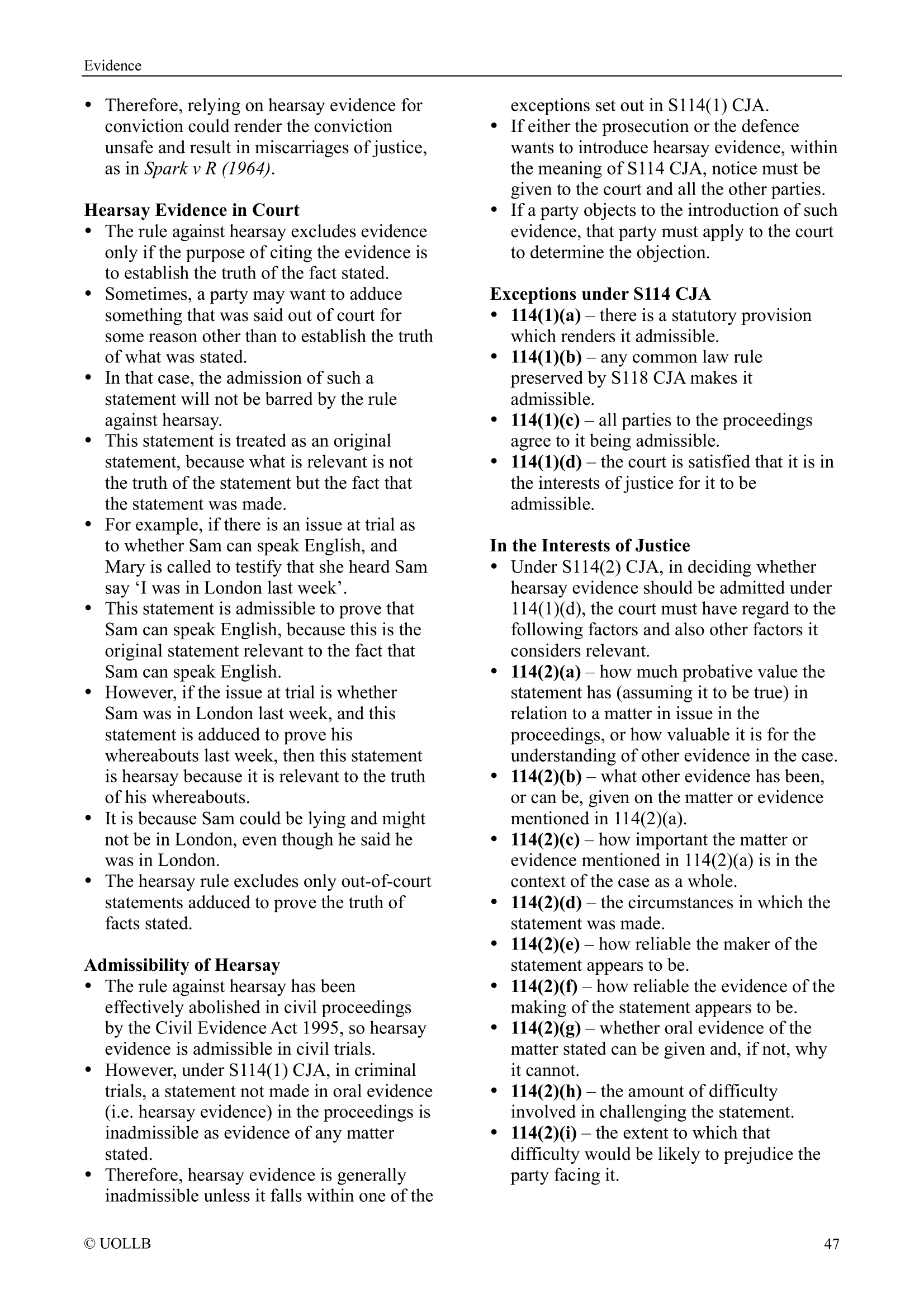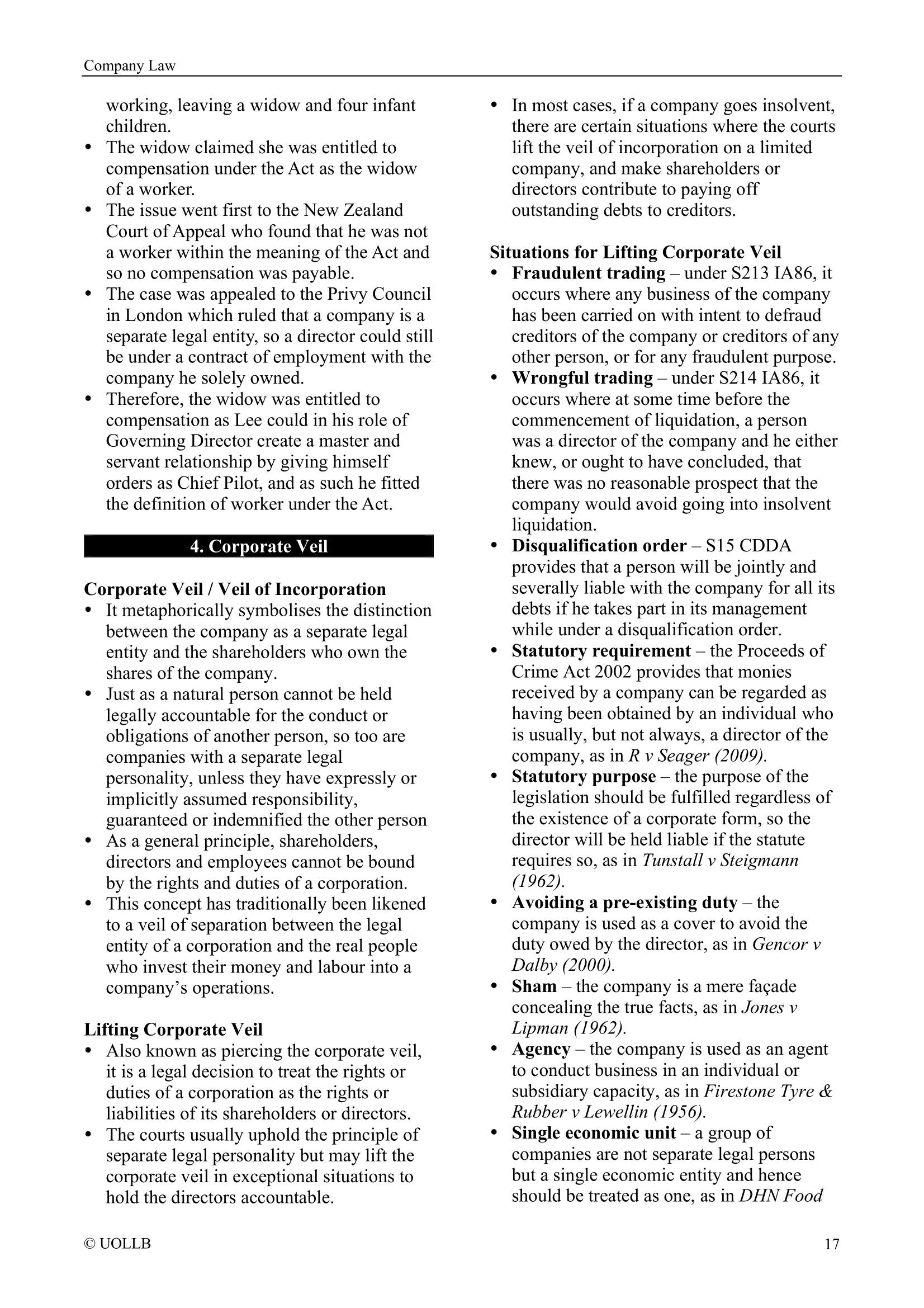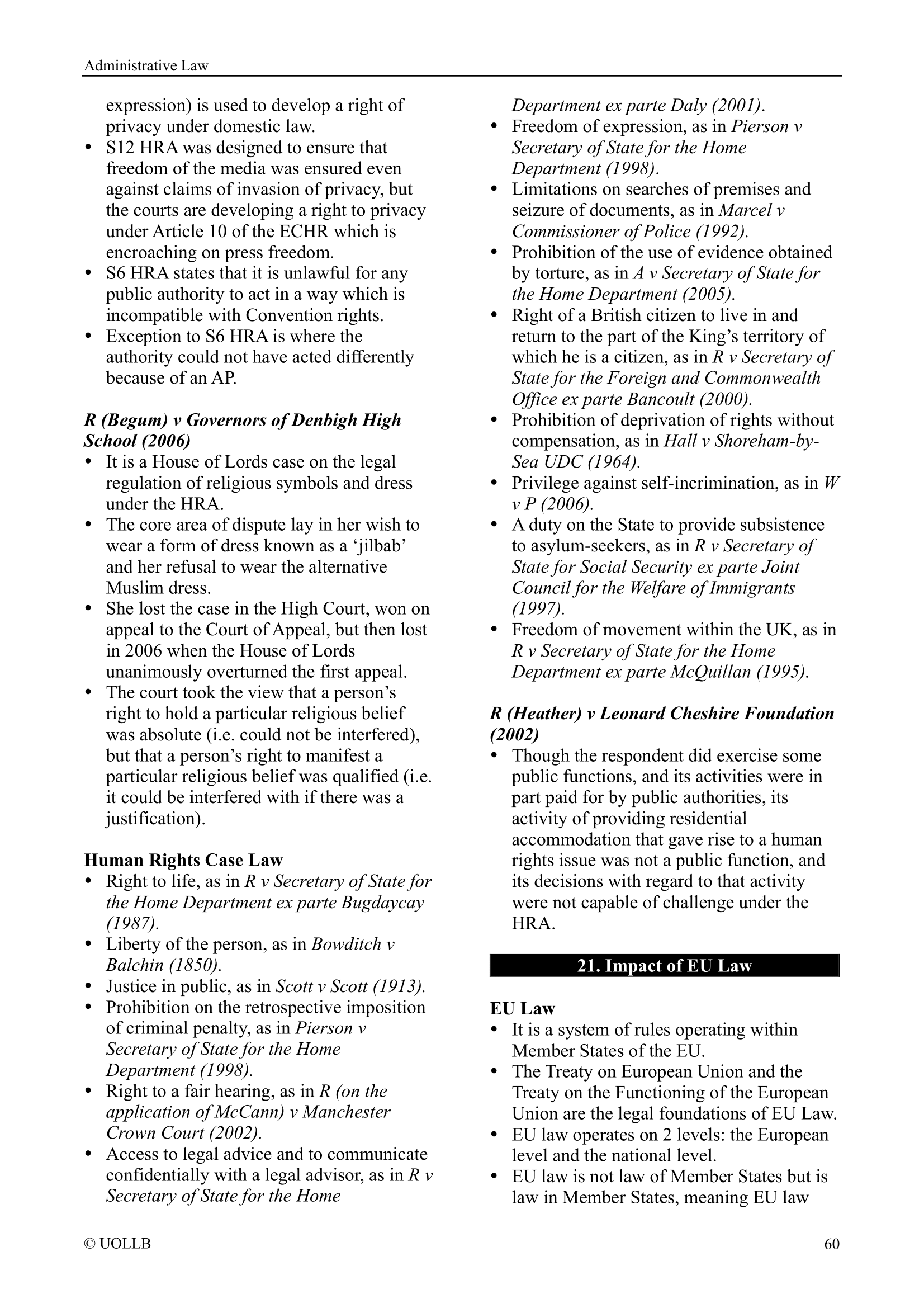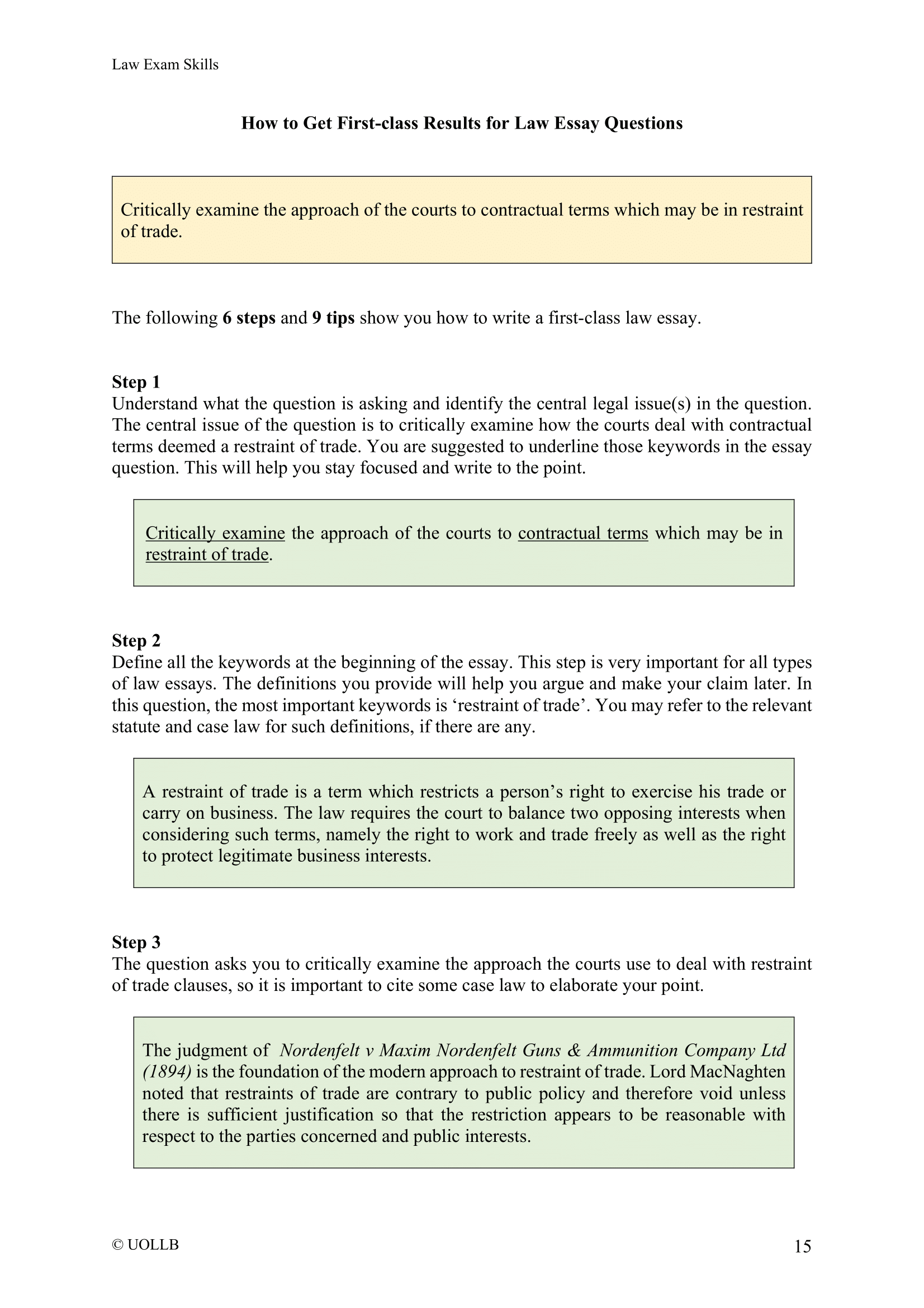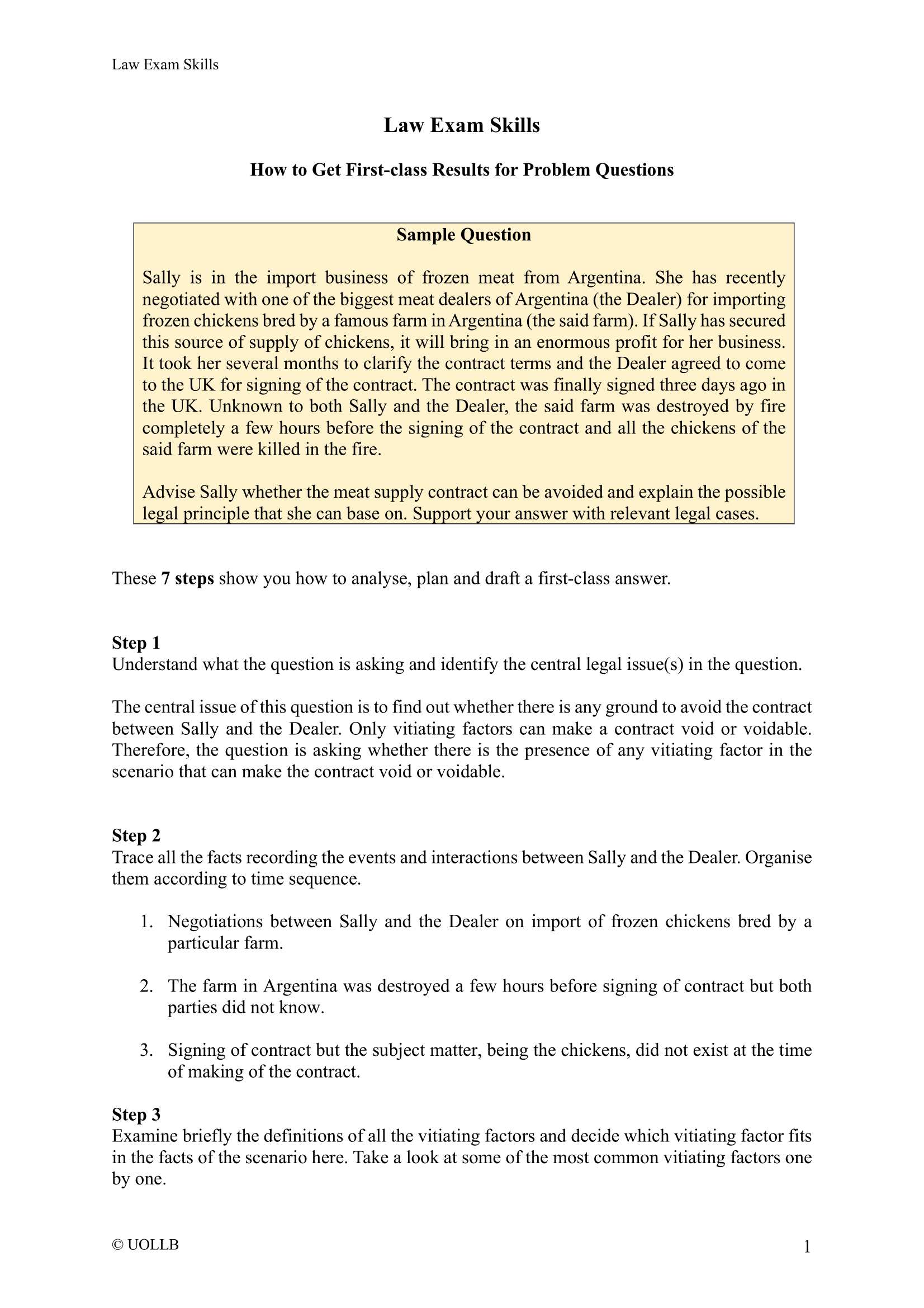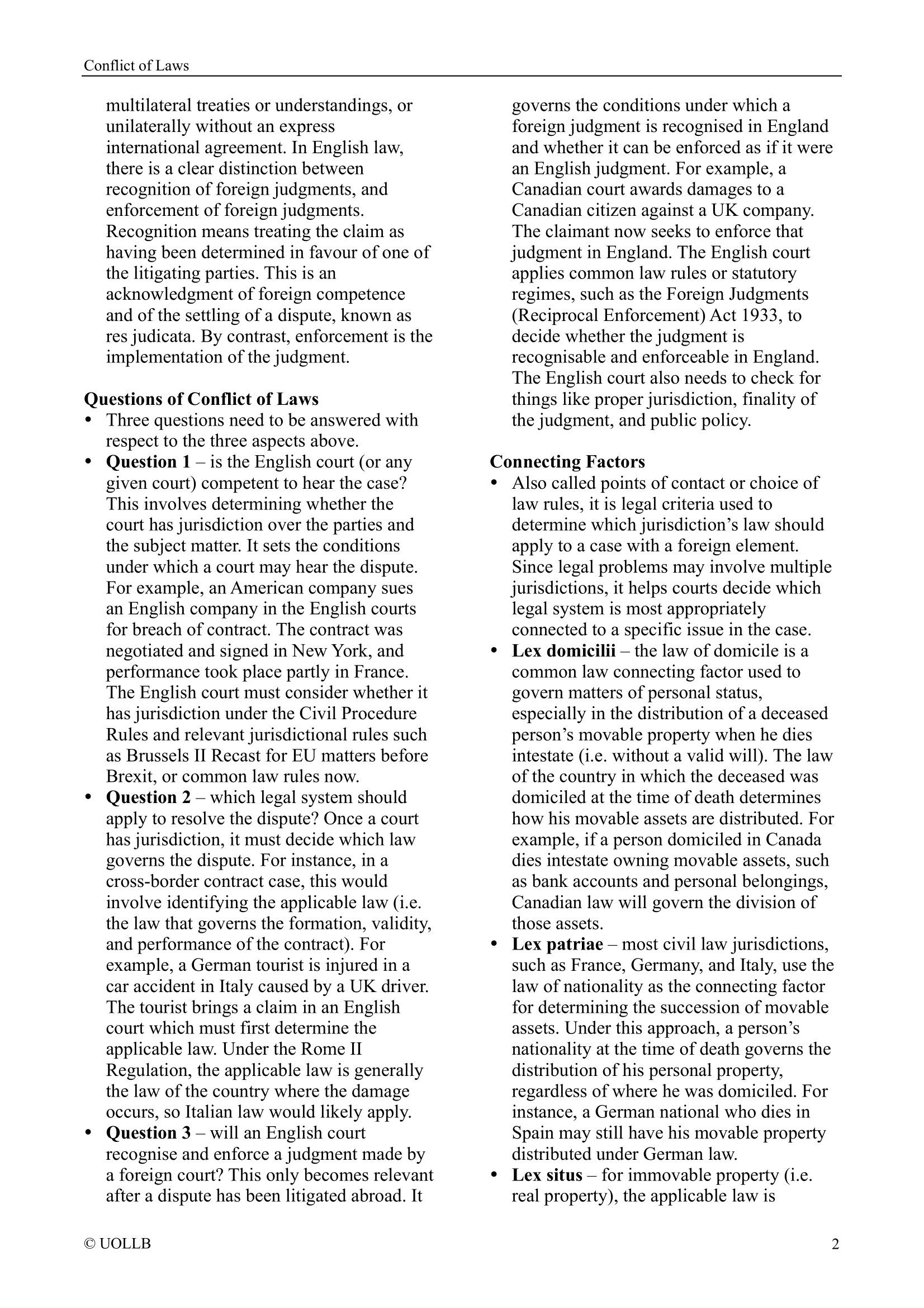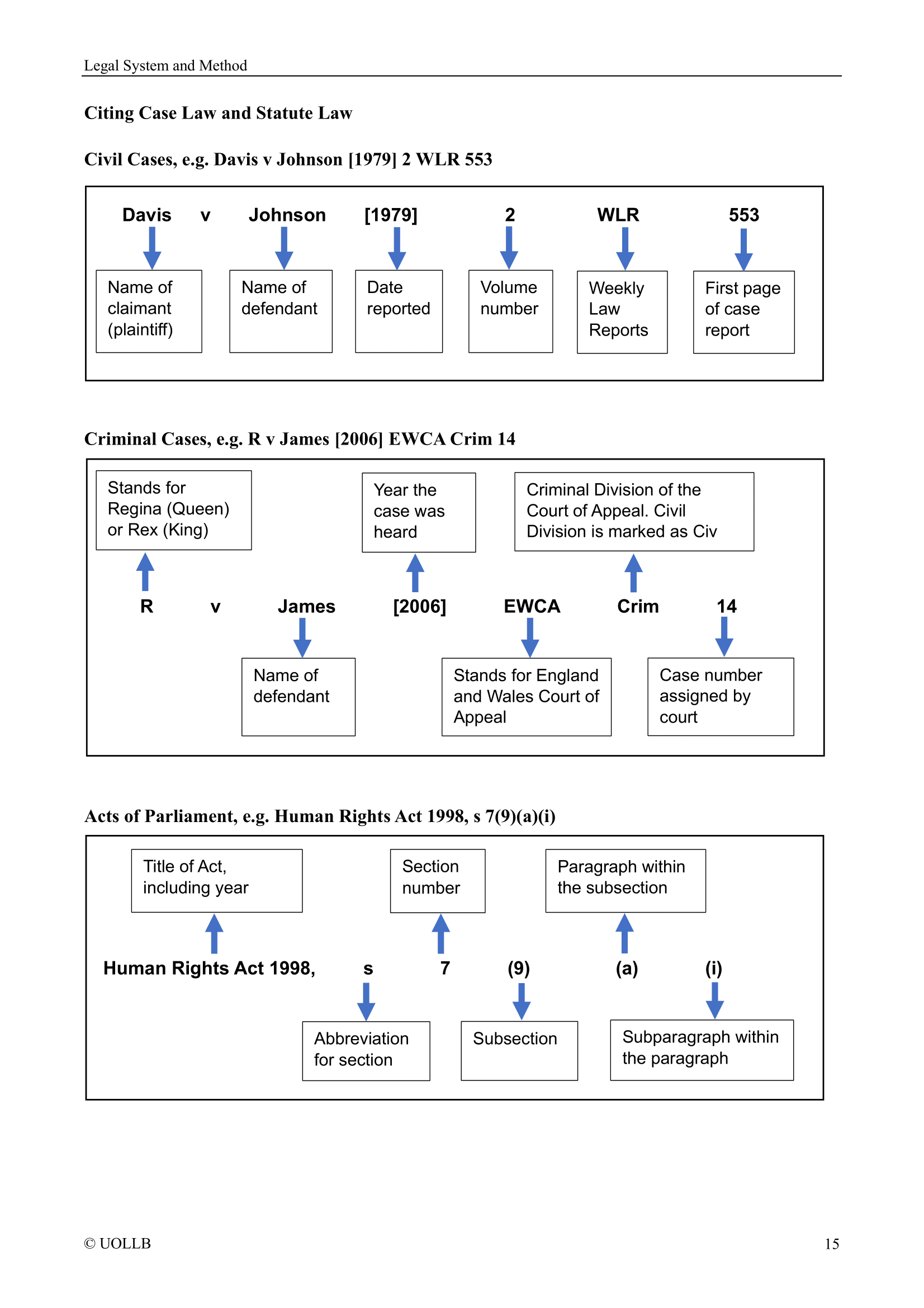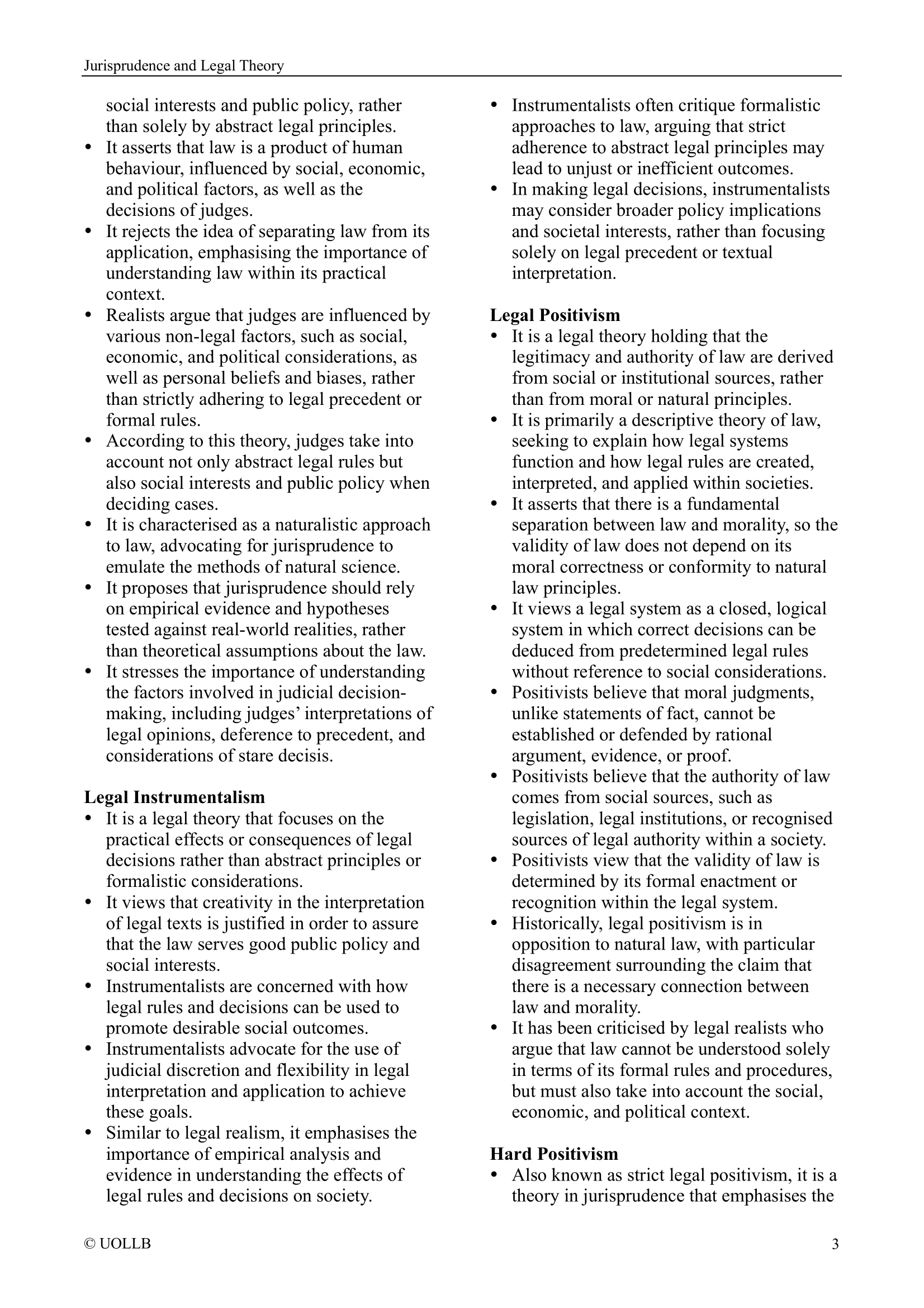Weaknesses of Common Law
Share
Common law, with its roots in centuries-old English tradition, is often praised for its flexibility and adaptability. It allows judges to shape the law through precedent, drawing on past decisions to guide future ones. But while it has many strengths, common law is not without its flaws, and in today’s world, some of these weaknesses have become more noticeable.
1. Slow to Change
One of the most talked-about downsides of common law is how slow it can be to adapt. Because change usually comes through court decisions, and courts can only rule on issues brought before them, the law often lags behind social progress or technological developments. For instance, new digital privacy concerns or emerging technologies might not be addressed until a relevant case works its way through the system, by which time the damage may already be done.
2. Inconsistency and Uncertainty
Unlike civil law systems, which are codified and often clearer, common law can sometimes be unpredictable. Judges interpret laws differently, and even though precedents are meant to create consistency, they do not always do. Lower courts might interpret a precedent one way, while higher courts might see it another. As a result, people and businesses trying to understand their legal position can be left in a kind of limbo.
3. Complexity and Accessibility
Common law systems are often dense and difficult for non-lawyers to navigate. The reliance on precedent means that understanding the law often requires digging through layers of past decisions. This makes it more expensive and time-consuming to get legal advice or resolve disputes. For the average person, this can be intimidating and even unjust because justice should not only be accessible to those who can afford it.
4. Judicial Bias and Subjectivity
Judges are human, and while they’re trained to be impartial, they still bring their own experiences and perspectives into the courtroom. In a common law system, where judges have significant power to interpret and develop the law, this can be problematic. A single judge’s worldview can shape the outcome of a case, and potentially influence future decisions if that case sets a precedent.
5. The Weight of Tradition
Common law thrives on precedent, but this can also be its anchor. Sticking to past decisions out of respect for tradition can sometimes mean perpetuating outdated or unjust rulings. While higher courts can overturn precedent, they are often reluctant to do so without a very strong reason. This can hold back reform and leave the law trailing behind society’s evolving values.
6. Volume of Case Law
Over time, common law systems generate an enormous body of case law. This can lead to confusion and conflicting decisions, especially when older rulings are never explicitly overturned but simply fade into the background. Lawyers and judges have to sift through mountains of decisions to find the most relevant and authoritative ones, which can lead to inefficiencies and mistakes.
Common law has shaped many of the world’s legal systems and played a vital role in developing rights and protections over time. But it is not without its challenges. From its slow pace of change to issues of inconsistency and accessibility, common law must continually evolve if it is going to remain a fair and effective system of justice in the modern world. Reform is not about throwing out tradition but about making sure the law truly serves the people it is meant to protect.
